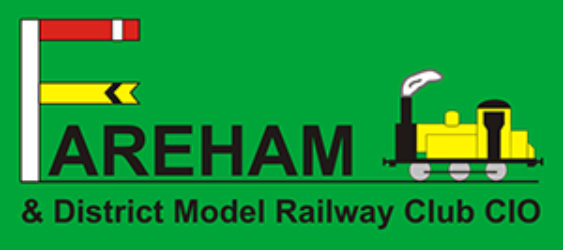UPDATED 4th October 2024
As an update, we have now been able to confirm the rest of the layouts attended this year, and we now have 30 layouts. This could be a record for RailEx Fareham. With so much to see this year, come down and see all the fantastic layouts!!!
In past years there has been a steady release of information about the layouts that are attending. This year we have made it easier and in future years and and when layouts are confirmed you will always be able to find them on this page.
We have generated a second page where we will list all the Traders that will be attending the Exhibition you can find that information by going to RailEx Traders.
As we have included descriptions here. you may have to scroll a way to read all the layouts.
Don’t forget to book your tickets before you leave the site!
| Layout Name | Gauge |
|---|---|
| Arun Quay | O 7mm |
| Milburn | OO |
| Victoria | OO |
| Brassingdale | OO |
| Hillside Park | OO |
| Horsebridge Wharf | EM |
| Dinas Mawddwy | EM |
| Holmeshurst | O |
| Battersea Wharf | OO |
| Eastbridge | OO |
| Swantons Lock | OO |
| Gretton and WenLock | 0 7mm |
| Kinlochlaggen | N |
| Habbaniya 1941 | |
| Essex Brick MR | OO |
| Selborne | oo9 |
| Portishead TMD | OO |
| Hanton Tarrant | 3mm |
| Oreston Quay | |
| Royal Albert Bridge | N |
| Wiveliscombe | OO |
| Staffordshire Potteries | N |
| Romsey and Halterworth | LEGO |
| Treford Cum Diddling | O 16.5 |
| Beckington Pier | N |
| Brown and Stickwell | oo9 |
| Newport Street | OO |
| Rookery Lane | OO |
| Passage Lane TMD | OO |
| Penmawar | OO |
| Farm Rise | oo9 |


